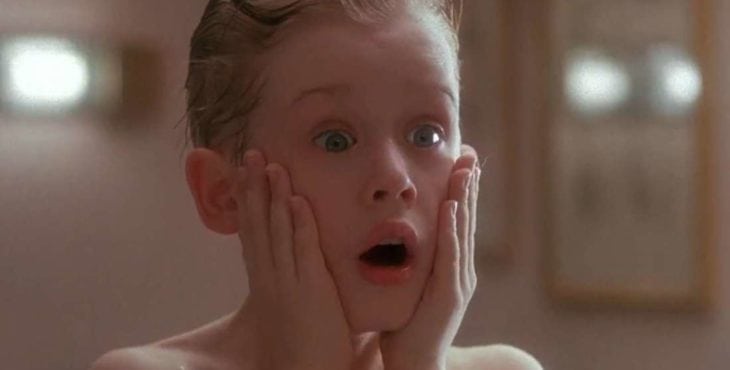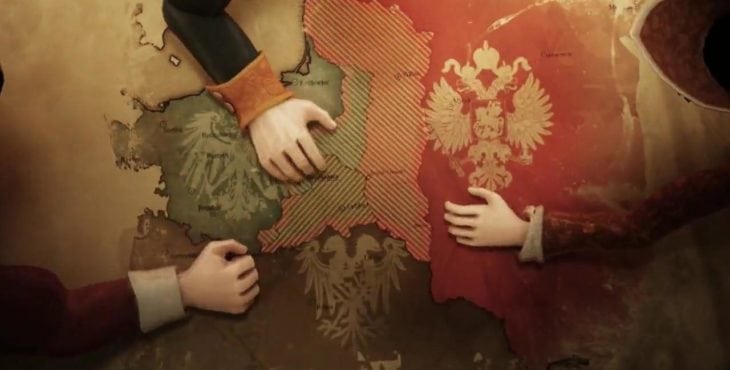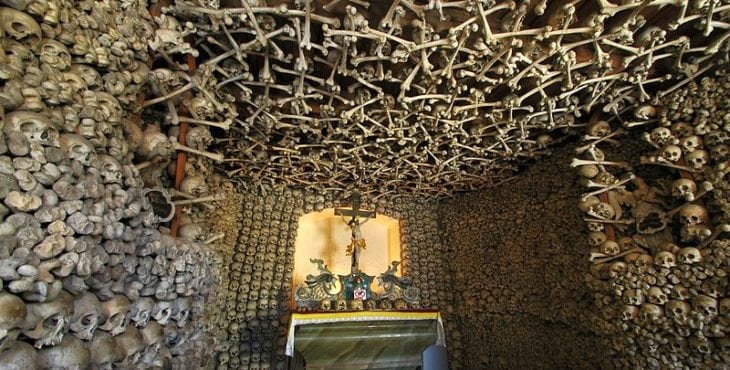If there was only one statement that could get every Polish person really worked up, it would be saying that Poland is an Eastern European country. The understanding of the concept of Central and Eastern Europe is an ongoing source for debate, varying considerably from nation to nation, and also from time to time. To fully answer whether Poland is an Eastern European country, we need to think broader about the meaning of ‘Eastern Europe’ and look at the geography, history and culture as defining factors. And once the roots of Eastern Europe are understood, it is easier to understand the apprehensive sentiment towards this categorisation so embedded in Polish people.
Where is Eastern Europe?
There are several different definitions of Eastern Europe but they all lack precision and can be interpreted in many ways. The geographical border of the eastern edge of Europe is defined by the Ural and Caucasus Mountains, however, the west side of ‘Eastern Europe’ is a subject to overlap and historical changes.

If the geographical center of Europe is taken into consideration, Poland very often happens to be exactly in the middle, although everything depends on where the furthest points of the continent are defined. In the most accepted theory one line is drawn from the north coast of Norway to the south coast of Italy and the second one from the south-west coast of Portugal to Ural Mountains in the north-west of Russia. The two lines cross in Polish town Bialystok making Poland the geographical center of Europe.

The most common and accepted geographical division of Europe places Germany, Poland, Czech Republic, Austria, Slovakia, Hungary and Switzerland in Central Europe and Ukraine, Belarus, Estonia, Latvia, Lithuania, Russia in Eastern Europe.
Historical approach
We see that the current geographical theories place Poland outside Eastern Europe. How come than that Poland is still often considered an Eastern European country? Of course, because of history. The cold war has created a division that influenced generations of Europeans and has an impact to this day. Historically, all countries that have been under the influence of the former Soviet Union were considered an eastern bloc (Poland, Czech Republic, Slovakia, Hungary, Ukraine, Belarus, Lithuania, Latvia, Estonia, Romania, Moldova, Croatia, Serbia, Montenegro, Macedonia). This cold war legacy influences the perception of Western Europeans and despite big historical shifts (most of the countries from the former eastern bloc joined the European Union in early 2000’s) associations between these countries and the former Soviet Union are still being made.
Why Polish people don’t like being considered Eastern European?
The historical reasons behind the split between Western and Eastern Europe are the same reasons why Polish people can be offended when Poland is being categorised as an Eastern European country. Polish people want to cut off from the past and they see themselves much more Western than Eastern. Times of the cold war are left far behind and Poland in the last 30 years did everything to move away from Russian influences.
Poland has developed itself rapidly over the last 30 years and is one of the fastest growing economies in central Europe. Businesses and Tourism are flourishing and people are positive about the future. Countries such as Ukraine, Belarus and Moldova have economies that are up to -70% GDP per capita compared to Poland. A combination of poverty, lack of respect towards democratic values by sitting governments and lack of general freedom are usually the first connotations that come to mind if a Polish person is asked about the East.
Politically, Poland made all possible steps to move even further away from the former Soviet sphere. In 1997 the country joined NATO and a few years later, in 2004 became a proud member of the European Union. Polish economy is tightly connected with Germany and the rest of Western Europe (rather than Russia).
It makes sense that Polish people don’t like being called Eastern Europeans if they do everything to move away from the negative view associated with that part of Europe. It may take another few generation though to forget about the cold war and historical divisions.
If you are interested in Poland you should also check out Facts about Poland.


























